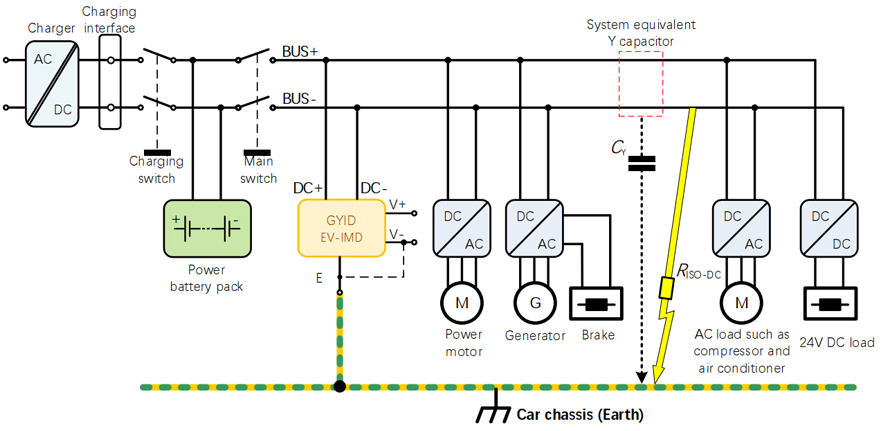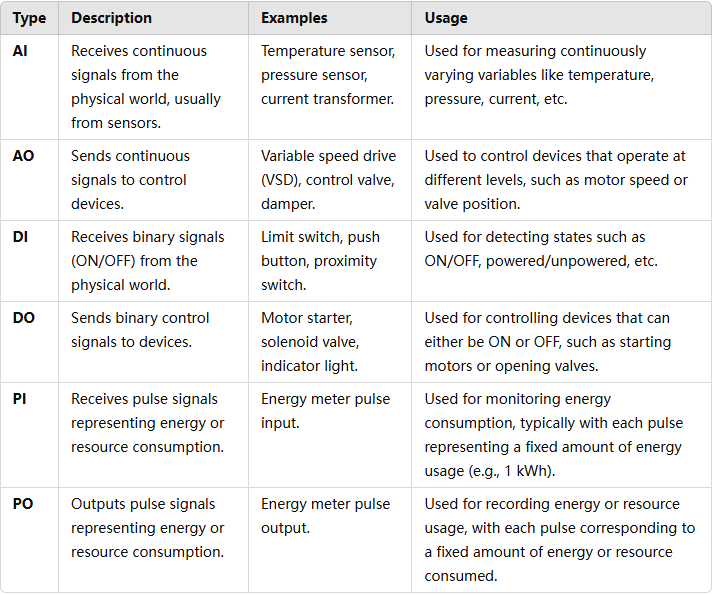What is a Half Wave Rectifier?
What is a Half Wave Rectifier?
A half wave rectifier is an electronic circuit designed to convert alternating current (AC) into direct current (DC). It does so by allowing current to flow only during one half of the AC cycle. This is achieved using a single diode that conducts during the positive half-cycle of the input AC signal and blocks the current during the negative half-cycle. As a result, the output is a pulsating DC voltage that only occurs during the positive half-cycles of the AC input.

What is a Full Wave Rectifier?
A full wave rectifier converts the entire cycle of AC input into DC output. Unlike the half wave rectifier, it uses two or more diodes to allow current to flow during both the positive and negative half-cycles of the AC input. There are two main types of full wave rectifiers: center-tapped and bridge rectifiers. The center-tapped rectifier uses a center-tapped transformer and two diodes, while the bridge rectifier uses four diodes arranged in a bridge configuration. This results in a smoother and more continuous DC output compared to the half wave rectifier.

ey Difference Between Half Wave and Full Wave Rectifier
| Aspect | Half Wave Rectifier | Full Wave Rectifier |
| Circuit Configuration | Uses a single diode. | Uses two diodes (center-tapped) or four diodes (bridge). |
| Input Voltage Waveform | Utilizes only one half-cycle (positive or negative) of the AC input. | Utilizes both half-cycles of the AC input. |
| Voltage Waveform After Rectification | Produces a pulsating DC with gaps. | Produces a continuous pulsating DC with no gaps. |
| Voltage Waveform After Rectification Smoothing | Results in a lower average DC voltage with higher ripple. | Results in a higher average DC voltage with lower ripple. |
| Number of Diodes Required | 1 diode. | 2 diodes (center-tapped) or 4 diodes (bridge). |
| Rectified Cycles of AC | Rectifies only one half-cycle of the AC. | Rectifies both half-cycles of the AC. |
| Efficiency | Approximately 40.6% efficient. | Approximately 81.2% efficient (bridge rectifier). |
| Output Frequency | Same as the AC input frequency. | Twice the AC input frequency. |
| Peak Inverse Voltage (PIV) | Equal to the maximum voltage of the transformer secondary. | Center-tapped: 2 times maximum voltage. Bridge: equal to maximum voltage. |
| Application | Simple power supplies, signal demodulation. | Power supplies requiring higher efficiency and smoother DC output. |
| Cost | Lower cost due to fewer components. | Higher cost due to additional diodes and possibly a more complex transformer. |
In conclusion, we discussed the concepts of half-wave and full-wave rectifiers, emphasizing their differences and applications in electronic circuits. Both types of rectifiers serve the important function of converting AC to DC. The primary distinction between them lies in their operation: a half-wave rectifier only converts one-half of the AC cycle into DC, while a full-wave rectifier converts the entire AC cycle into DC. This difference significantly affects their efficiency and output characteristics.






